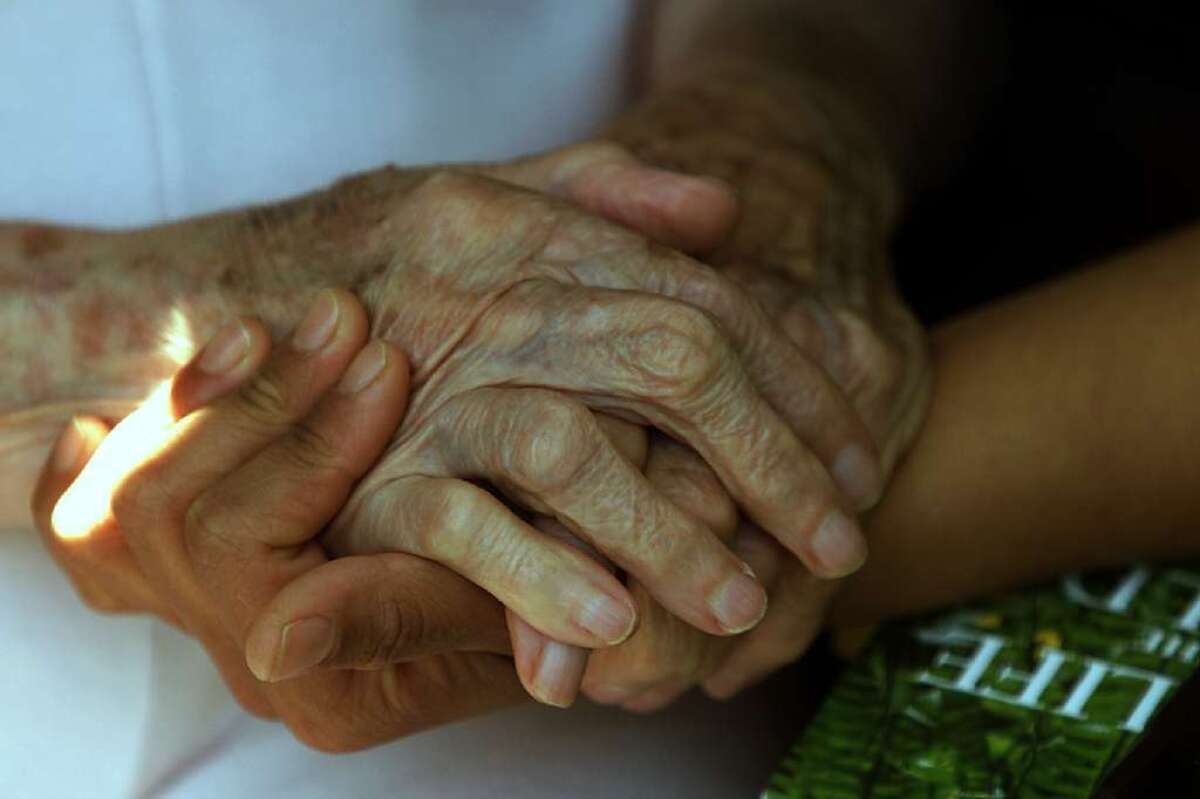A downside of living longer: Oldest often disabled in last months

- Share via
Don’t expect old age to be all golf and cruises: As Americans live longer and longer, more of us should expect to suffer some sort of independence-threatening disability in the final phase of life, two new studies published online Monday suggest.
“The public is bombarded with messages that frailty and disability are not inevitable, and the most popular medical personalities assail the public with health messages that healthy living will lead to a long life free of disability to the end of life,” wrote UC San Francisco researcher Dr. Alexander K. Smith and colleagues, in JAMA Internal Medicine (abstract available here).
But “it is likely that most well-functioning older adults and their families will need to be prepared for a period of disability as they continue to age and approach the last years of life,” they noted.
Hoping to quantify exactly how likely people are to suffer disability at the end of life -- a phenomenon about which there is “surprisingly little national data,” the team wrote -- the group analyzed interview data collected during the ongoing Health and Retirement Study, a project funded by the National Institute on Aging that tracks a nationally-representative cohort of Americans aged 50 and older. Participants in the study are interviewed every two years about their health and economic well-being. Smith and his coauthors focused on 8,232 participants in the program who died over the course of the study, examining answers they provided interviewers during the last two years of life.
The older the subject was when he or she died, the more likely he or she was to wind up disabled in activities of daily living in the last two years of life -- needing help with at least one of six activities: dressing, bathing, eating, getting in and out of bed, walking across a room or using the toilet. The team wrote that half the people who die at 90 or older are disabled two years before their death; the prevalence of disability in people 70 or younger at the time of death was at least 35% lower than that of the oldest in the study, at all points in the final two years of life.
Over all ages, the prevalence of disability increased during the last two years of life, with 28% reporting being disabled 24 months prior to death, and 56% in the last month of life. Among women of all ages, 32% were disabled in the last two years of life; among men, 21%.
With the number of U.S. adults older than 85 expected to rise to 19 million by 2050, the authors wrote, “the number of persons living with disability prior to death will balloon.”
In the other study, also published in the online edition of JAMA Internal Medicine, Dr. Sarwat Chaudry and colleagues at the Yale University School of Medicine evaluated symptoms once a month in 754 people in the New Haven, Conn., area. Looking at data detailing the last year of life, they found that “restricting symptoms” were common and constant among interviewees during the last year of life -- but began increasing sharply at about five months before death.
In an invited commentary that accompanied the Yale study, UC San Francisco aging researcher Dr. Christine Ritchie wrote that the work raised many questions for caregivers working with older adults in their final months. The “findings suggest that more aggressive efforts need to be made to control symptoms at the end of life,” she wrote.







